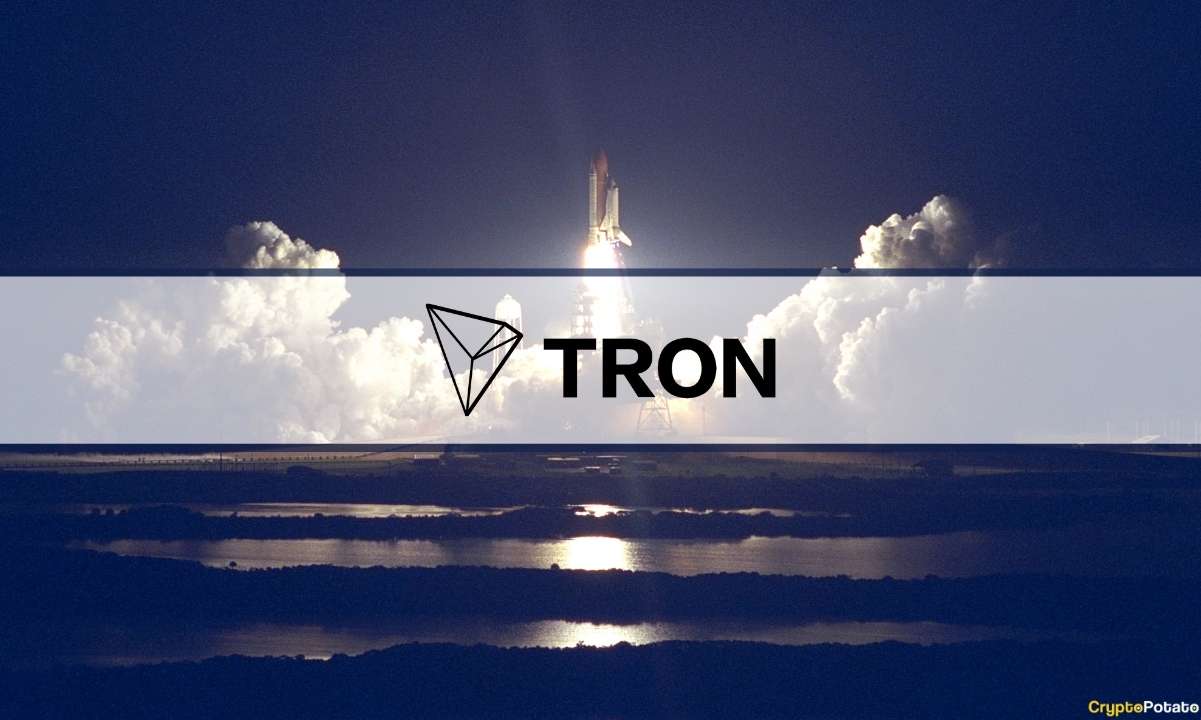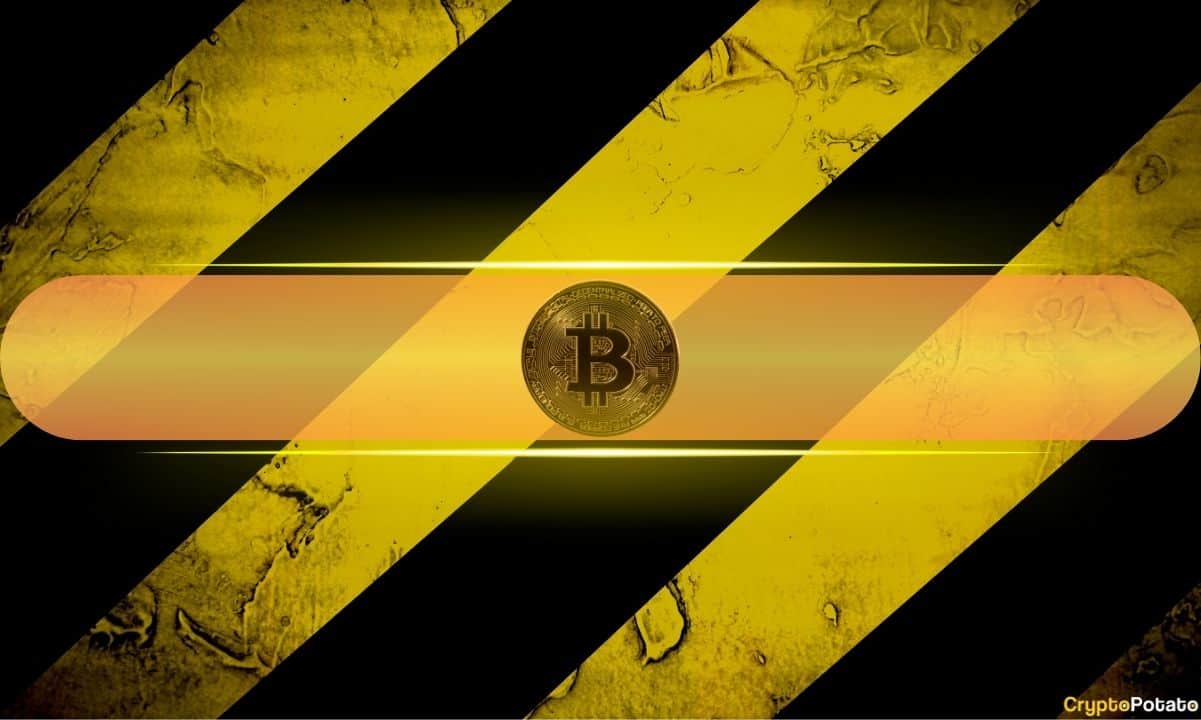Moody’s on the blockchain: A pilot test of credit ratings on Solana
Often touted as a next-gen alternative to Ethereum or Bitcoin, the Solana blockchain is now making headlines for a very different reason: onchain credit ratings.
In June 2025, Moody’s teamed up with a fintech startup called Alphaledger to run a pilot program to explore how traditional credit ratings could be integrated into blockchain systems. Here’s what they did:
- They created a tokenized municipal bond: Alphaledger simulated a standard municipal bond (a type of government-issued debt) and turned it into a digital token that could live on the Solana blockchain. This means the bond became a programmable digital asset that could be tracked, transferred and managed entirely onchain.
- Moody’s gave that bond a real credit rating: Using their usual financial analysis tools and methodology, Moody’s evaluated the risk of the bond, just like it would for any traditional debt instrument, and assigned it a rating (e.g., Aaa, Aa, etc.).
- The rating was pushed onto the blockchain: Instead of keeping that rating locked away in a PDF report or behind a subscription database, Moody’s used an API to send the rating data directly to the Solana blockchain. It became part of the bond token’s metadata — permanently embedded and publicly viewable.
As a result, anyone interacting with that token on Solana (including smart contracts) could automatically read the Moody’s rating without needing to verify it through an external source.
The experiment showed how credit ratings could become part of blockchain’s core infrastructure, baked directly into smart contracts to help automate how financial products are issued and assessed.
This article explains why it all matters, even if you’re new to crypto, traditional finance or concepts like programmable creditworthiness.
What is an onchain credit rating, and why does it matter?
At its core, a credit rating is an assessment of how likely a borrower is to repay debt.
Traditional credit-rating agencies like Moody’s, S&P and Fitch assign letter grades (e.g., AAA, AA, BBB) to entities like governments or corporations based on financial health and risk factors. These grades are crucial for investors evaluating bonds, loans and structured products.

A higher rating, such as Aaa, signals strong creditworthiness and low default risk. Lower ratings, sometimes referred to as “junk status,” suggest higher risk. These ratings directly affect the interest rates borrowers (like governments or companies issuing bonds) must offer to attract investors (like asset managers, pension funds, or individual bondholders). For example, an A-rated bond will typically pay a lower yield than a speculative-grade one.
These scores guide trillions of dollars in global debt flows. From municipal bond issuance to corporate loans, credit ratings help determine borrowing costs and investor appetite. They’re essentially a shorthand for risk, similar to how your personal credit score affects the interest rate on a mortgage or credit card.
Moody’s x Solana: Smart contracts and credit ratings
The pilot project by Moody’s and Alphaledger offered a glimpse into the future of blockchain-native financial instruments.
Let’s recap how it worked:
- A simulated municipal bond was issued as a digital token on the Solana blockchain.
- Moody’s evaluated and assigned the bond’s credit rating offchain.
Using an API, that credit rating was pushed on-chain.
Unlike a traditional rating that appears in a PDF or proprietary database, this credit rating was machine-readable and permanently recorded as immutable data on the blockchain. In other words, smart contracts or decentralized applications on Solana could automatically query a bond’s rating as part of their logic — without needing human input.
This idea is taking the crypto world by storm. Daniel Cash, for instance, highlighted that Moody’s had achieved a first-of-its-kind feat: one that will shape the future of credit assessment. Cash is a senior fellow (non-resident) at the United Nations University Centre for Policy Research.
Although no real money changed hands in the simulation, the implications are big. This model could enable real-time credit assessments, automated compliance and entirely new forms of programmable financial infrastructure.
Did you know? US municipal debt is a massive market. By the first quarter of 2025, outstanding US municipal bonds totaled roughly $4.2 trillion, with over $220 billion issued by May alone.
Blockchain-native financial instruments: Why put credit ratings on a blockchain?
As more tokenized real-world assets enter blockchain ecosystems, having a trusted name like Moody’s assign ratings directly to those assets could help establish legitimacy and transparency.
Let’s suppose that an institutional investor inspects a tokenized municipal bond issued on the Solana blockchain. Instead of checking a PDF or logging in to Moody’s proprietary system, they instantly see the bond’s Moody’s blockchain rating, pulled directly from the chain itself.
According to Alphaledger CEO Manish Dutta, this model could “unlock liquidity to real-world assets by providing investors access to a trusted brand like Moody’s.”
With the credit rating embedded into the digital token, Solana becomes a trust layer for blockchain-native financial instruments.
Programmable creditworthiness: Institutional adoption meets tokenization
Moody’s pilot on Solana shows how onchain credit ratings can bring institutional trust and transparency to the growing world of tokenized real-world assets.
There’s a broader signal here. Moody’s test run shows how traditional credit agencies are adapting to the demands of blockchain-based finance. Institutions can’t interact with crypto-native markets unless they trust the data and risk signals. Putting credit ratings on blockchain bridges that gap.
The pilot also highlighted Solana’s capacity to handle institutional-grade financial data — a nod to the chain’s throughput and reliability. These are two things large institutions care about when assessing financial infrastructure trends.
This experiment fits neatly into the larger tokenization trend. As real-world assets (RWAs) like bonds, loans and funds are digitized, they need familiar metrics to build investor confidence.

Did you know? BCG and Ripple forecast up to $18.9 trillion in tokenized assets by 2033. For this market to scale, onchain versions of tools like credit scores will become essential.
How onchain ratings could power smarter finance
Putting a credit rating directly onchain opens up possibilities that go far beyond visibility. It introduces the potential for smart contracts and credit ratings to interact directly.
For example, a lending protocol could automatically adjust interest rates or collateral requirements if a borrower’s credit rating drops. This is a key concept of programmable creditworthiness, where ratings are actionable.
That said, embedding immutable data also introduces challenges. If a rating changes, how is the blockchain record updated? Who governs that process? What if a rating is disputed? These are all questions that will need to be addressed as blockchain regulation in 2025 progresses.

 5 hours ago
2
5 hours ago
2
















 English (US) ·
English (US) ·